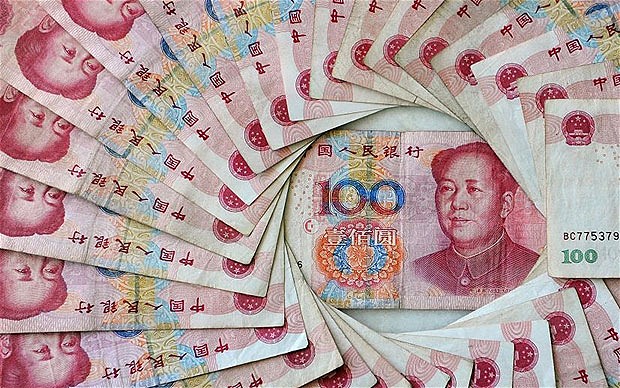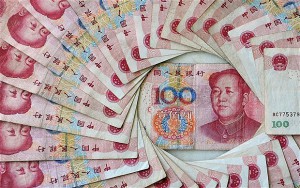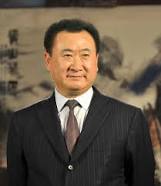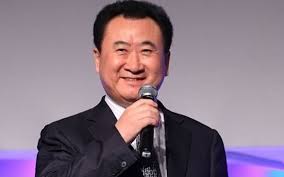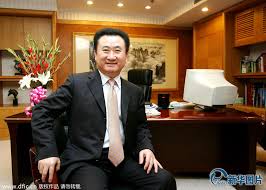Stockholm, Aug.26 (Greenpost)–China is calling for submission of applicable technologies for technologies contest in environmental protection.
The news was released by the delegation from Ministry of Environment Protection of China during the ongoing World Water Week in Stockholm during Aug. 23-28, 2015.
The details is as the following:
Dear Distinguished Partner/Counterpart/Expert/Resource Person,
FIRST 3IPET TOP 100 ENVIRONMENTAL PROTECTION
TECHNOLOGIES CONTEST
CALL FOR SUBMISSION OF APPLICABLE TECHNOLOGIES
As part of efforts to protect the environment and address the challenges of air, water and soil pollution through appropriate prevention and control strategies, the Foreign Economic Cooperation Office (FECO), with the support of the Ministry of Environmental Protection (MEP) of China, established the Integrated, Intelligent, and International Platform for Environmental Technology (3iPET). 3iPET aims at taking advantages of the technologies and cooperation network of governments, companies, and private organizations in China and other countries to provide both online and offline services to showcase and promote Chinese and foreign environmental technologies to solve the environmental problems locally and globally.
FECO is organizing the first ever 3iPET contest to select the top 100 environmental protection technologies in each of the areas of air, water and soil (including solid waste) pollution prevention and control. The contest will be organized between August and October 2015, and the best 100 adjudged technologies in each of the three categories will be published in the “Top 100 technologies for 3iPET” for Air, Water and Soil (including solid waste) pollution prevention and control. The selected technologies will be promoted through the 3iPET platform.
In recognition of the expertise and active involvement of your organization in the promotion of environmentally sound technologies (ESTs) and the global network of your programmes and activities we hereby solicit for your support and assistance in disseminating the information about the contest within and outside China to environmental technology suppliers and promoters. Please find attached information materials and guidelines on the contest. The electronic copies of the information materials and guidelines can be downloaded from the official FECO website at www.mepfeco.gov.cn
It will be appreciated if you can kindly assist in publicizing the contest by disseminating the attached information and materials. Please revert in case you need additional information or further clarifications.
We thank you for your support and cooperation.
(signed)
Chen Liang
Director General
Foreign Economic Cooperation Office
Ministry of Environmental Protection of China
To whom it may concern:
Call for Participation in 3iPET Cooperation Hubs
In order to advance environmental protection in China, the development and adoption of advanced and practical environmental technologies are an important means to improve environmental quality. At the same time, China’s “Belt and Road Initiative” promotes the continuing trend for Chinese environmental technologies and industries to “go out” to promote clean development globally. To support China’s efforts in the “three battles” of preventing and controlling water, air and soil pollution, and its implementation of the “Belt and Road Initiative”, the Foreign Economic Cooperation Office of Ministry of Environment Cooperation (MEP/FECO) developed the International, Intelligent and Integrated Platform for Environmental Technologies (3iPET), relying on its advantages in international cooperation in environmental protection. 3iPET was officially launched in June 8th, 2015.
3iPET relies on the Internet and powerful database, and combines online and offline service. Its functions include integration and exhibition, evaluation and screening, matchmaking and promotion of environmental technologies, technology services, which serves as an exchange and communication platform. Its goals include promoting domestic and foreign exchange and cooperation with respect to environmental technologies, facilitating import and export of environmental technologies, and providing technical support for China’s efforts in pollution control. The organizational structure of 3iPET includes a steering committee, strategic partners, technology service alliances, a domestic and international cooperation hub platform, and expert consultancy teams. For further information, please visit http://3ipet.mepfeco.org.cn.
We now sincerely call for your joining 3iPET as an international cooperation hub. The international cooperation hubs will conduct information exchange with 3iPET. Through 3iPET, international hubs can obtain information about domestic and international environmental protection policies, global environmental technologies, domestic and international projects, and industrial cooperation opportunities, and will be responsible for providing information about international environmental protection policies, advanced abroad environmental technologies providers, international technological mergers & acquisitions and related projects abroad on a regular basis. Additionally, 3iPET will cooperate with hubs to support technology matchmaking, technology promotion, industrial incubation, project demonstration, financial and business combination opportunities, and policy dissemination.
If you are interested, please complete the information form of 3iPET International Cooperation Hub in the attached Annex, and send it via email to FECO by August 31st, 2015. My colleagues Ms. Tang Lu and Ms. Li Haoting will be at your disposal if you have any question, and you can reach them through:
Tel: 010-82268877, 010-82268880
Fax: 010-82200586
E-mail: tang.lu@mepfeco.org.cn, li.haoting@mepfeco.org.cn
Annex: Information Form for 3iPET International Cooperation Hub
We warmly welcome your participation and contribution. It is our sincere hope that we could achieve win-win cooperation through 3iPET cooperation hubs.
Chen Liang
Director General
Foreign Economic Cooperation Center
Ministry of Environment Cooperation of China
Attachment: Information Form for 3iPET International Cooperation Hub
Attachment
Information Form for 3iPET International Cooperation Hub
| Name: |
| Address: |
| Contact person: |
Telephone: |
| Fax: |
E-mai: |
| Introduction:
|


